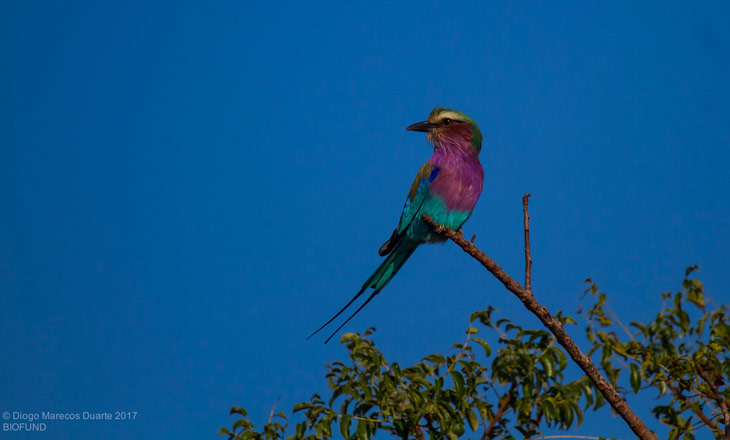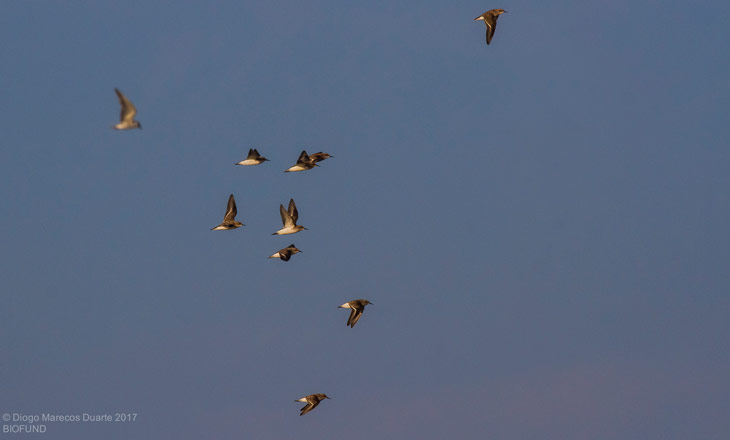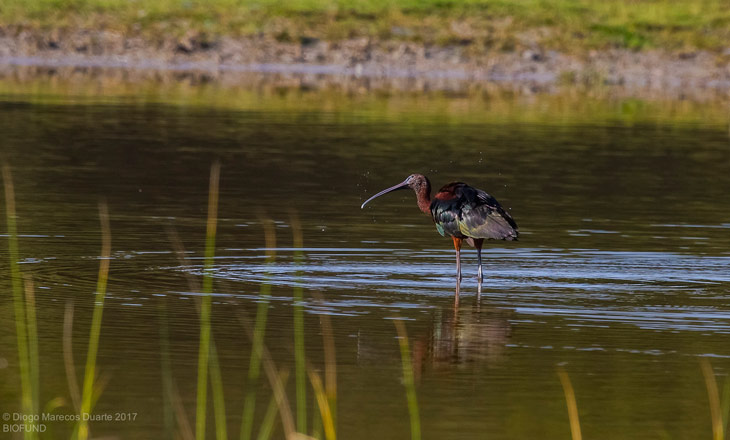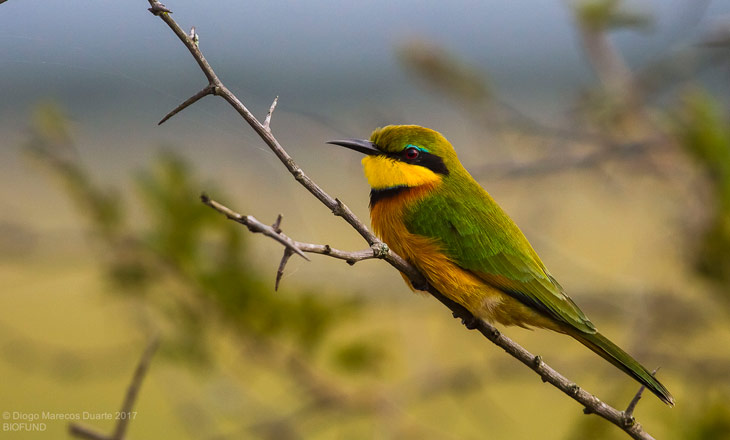(Unifying our voices for bird conservation)
Published at 11/05/2018
World Migratory Bird Day
May 11th, 2018 is the International Day of Migratory Birds. The date was established by the Agreement on the Conservation of African-Eurasian Migratory Waterbirds (AEWA), along with the Convention on the Conservation of Migratory Species of Wild Animals (CMS), with the purpose of celebrating and also initiating educational programs and events for the awareness and preservation of species.
This is a celebration that starts on the second weekend of May each year. The day is an opportunity to summon governments, organizations and individuals to save and conserve endangered species such as some migratory bird species.
The United Nations Environment Program (UNEP) reported that more than 40 countries will participate in the day’s activities, which seek to increase international cooperation for the conservation of migratory birds. As part of the celebrations, there will be festivals, educational programs, birdwatching tours and photo contests.
About 19% of birds on the planet are travelers. They face a large number of threats caused by human activities, such as habitat degradation, hunting and logging, among others. UNEP recalled that more than 1,200 birds are currently in danger of extinction.
Although the reasons for the decline in the number of migratory birds are complex and relate specifically to particular species, the overall decline is a reflection of the general environmental problem associated with the worldwide loss of habitats and biodiversity.
Being vulnerable to environmental changes, migratory birds depend on where they stop to rest and to feed during their long trips, but these sites are threatened or disappear as a result of agricultural development, urban, industrial and infrastructure.
Mozambique has wetlands along the coast frequented by migratory birds. Marromeu wetlands are the most notorious and global ecological value, so it was declared as a Reserve within the RAMSAR Convention. Other wetland areas of high ecological value are located in the Bazaruto Archipelago National Park and the Maputaland biodiversity hotspot region. The main migratory birds observed in Mozambique include: Pelecanus onocrotalus, P. ruescens, Ciconia episcopus, Anastomus lamelligerus, Ephippiorhynchus senegalensis, Mycteria ibis and Sterna caspia.
In addition to these places, the variety of birds you can see in Gorongosa National Park is simply breathtaking. The best time of year to see birds is November, when migratory birds arrive in Mozambique and the resident birds have bright plumage for the breeding season. Over 150 different species can be registered on a single day at this time of year.






